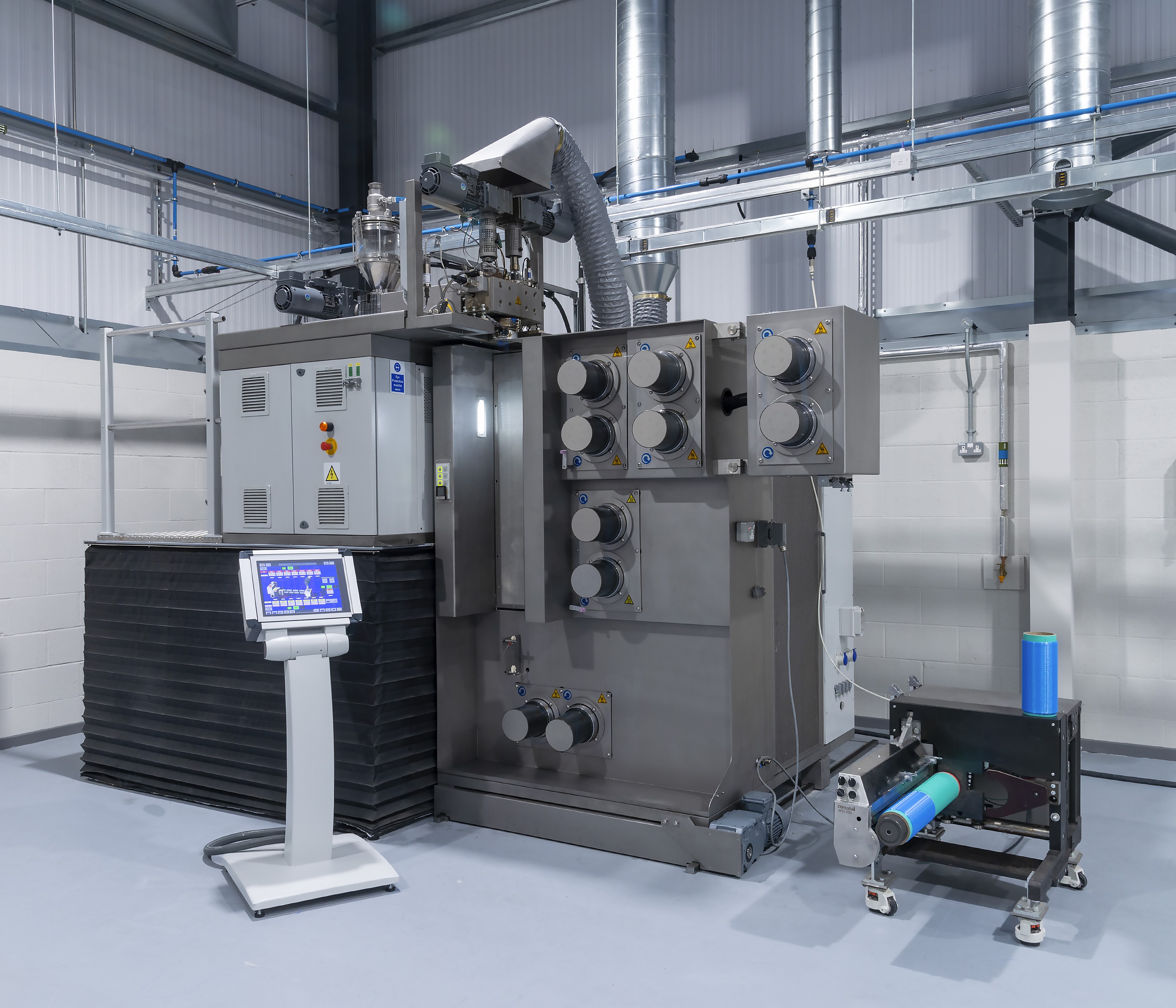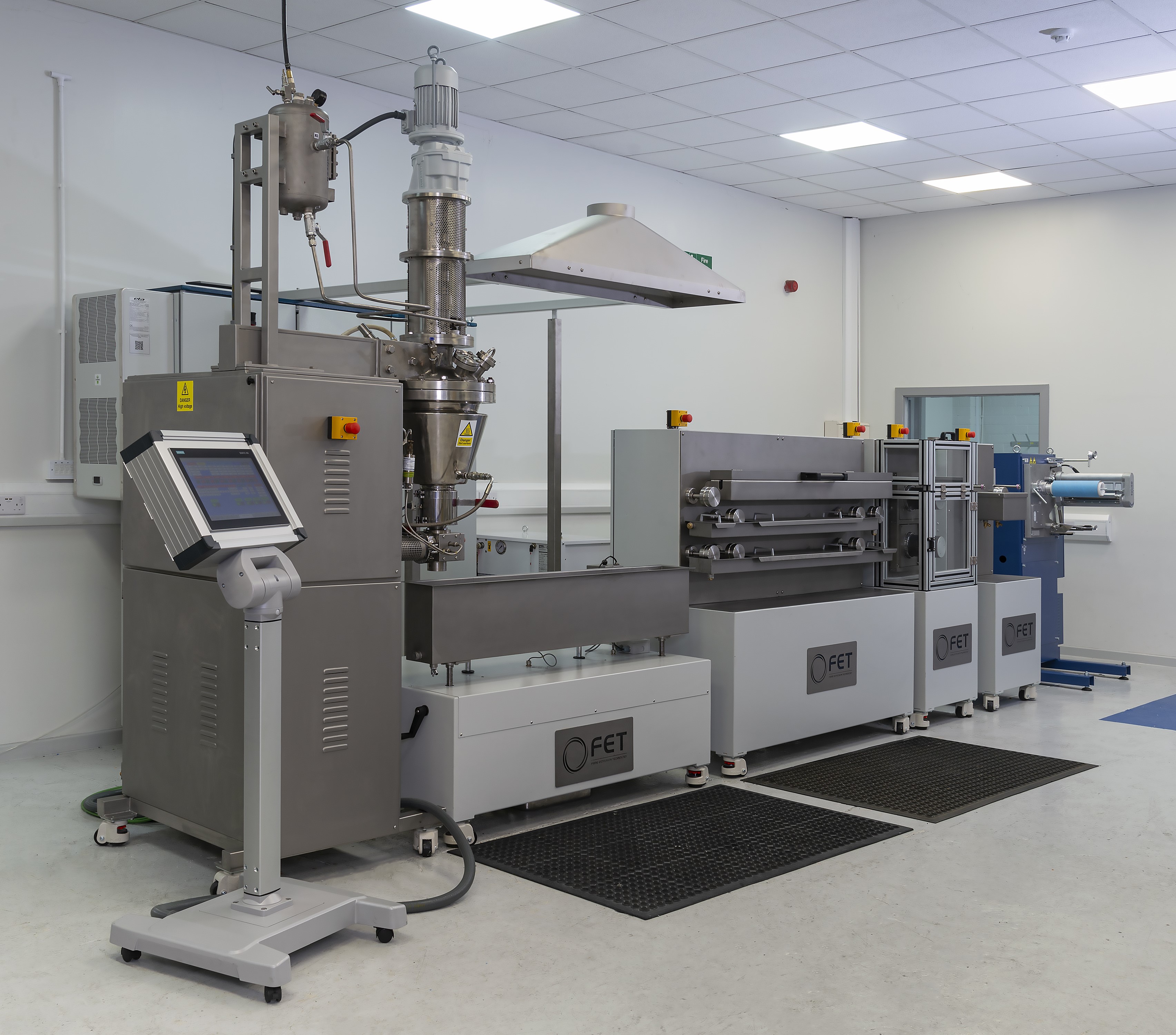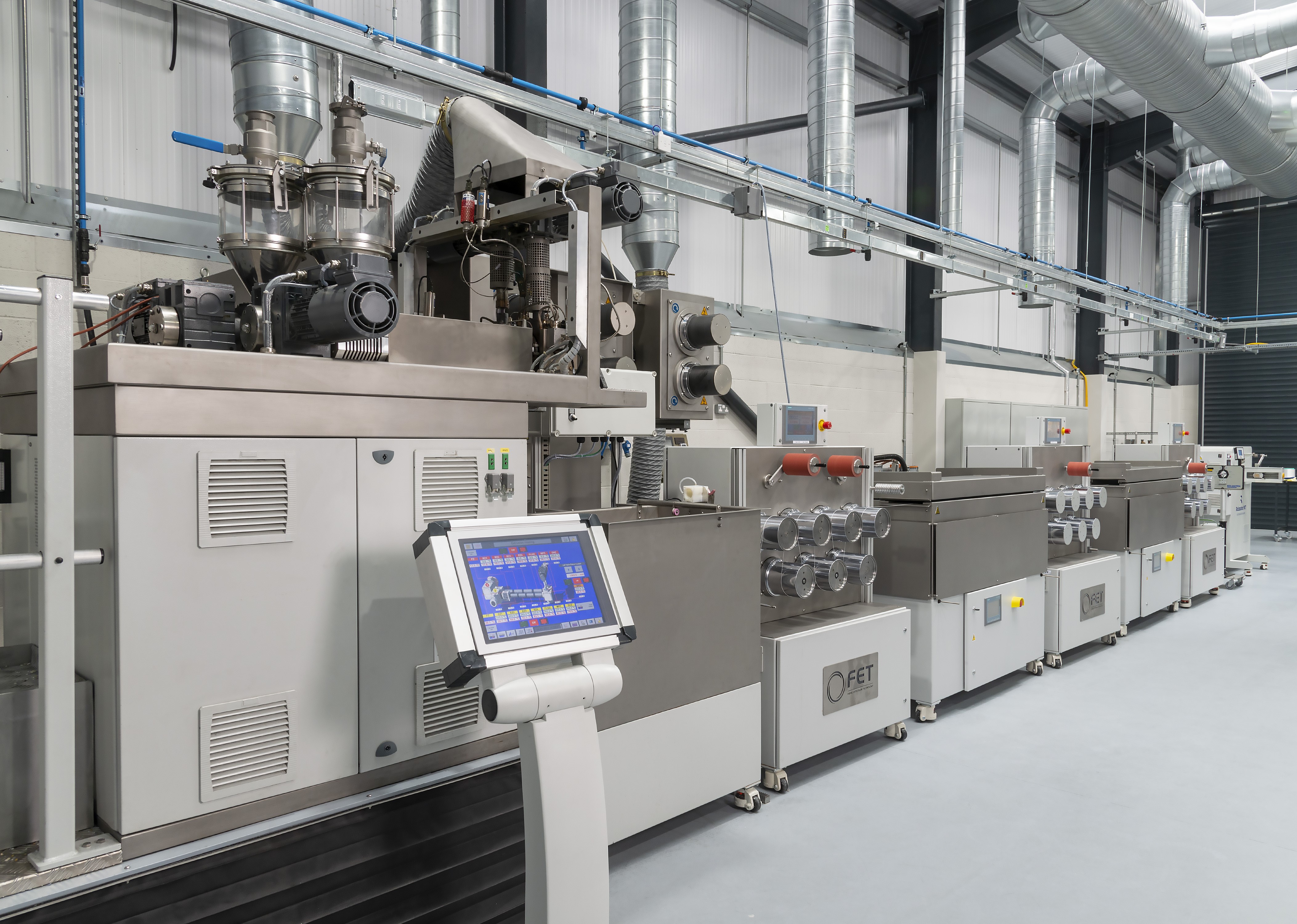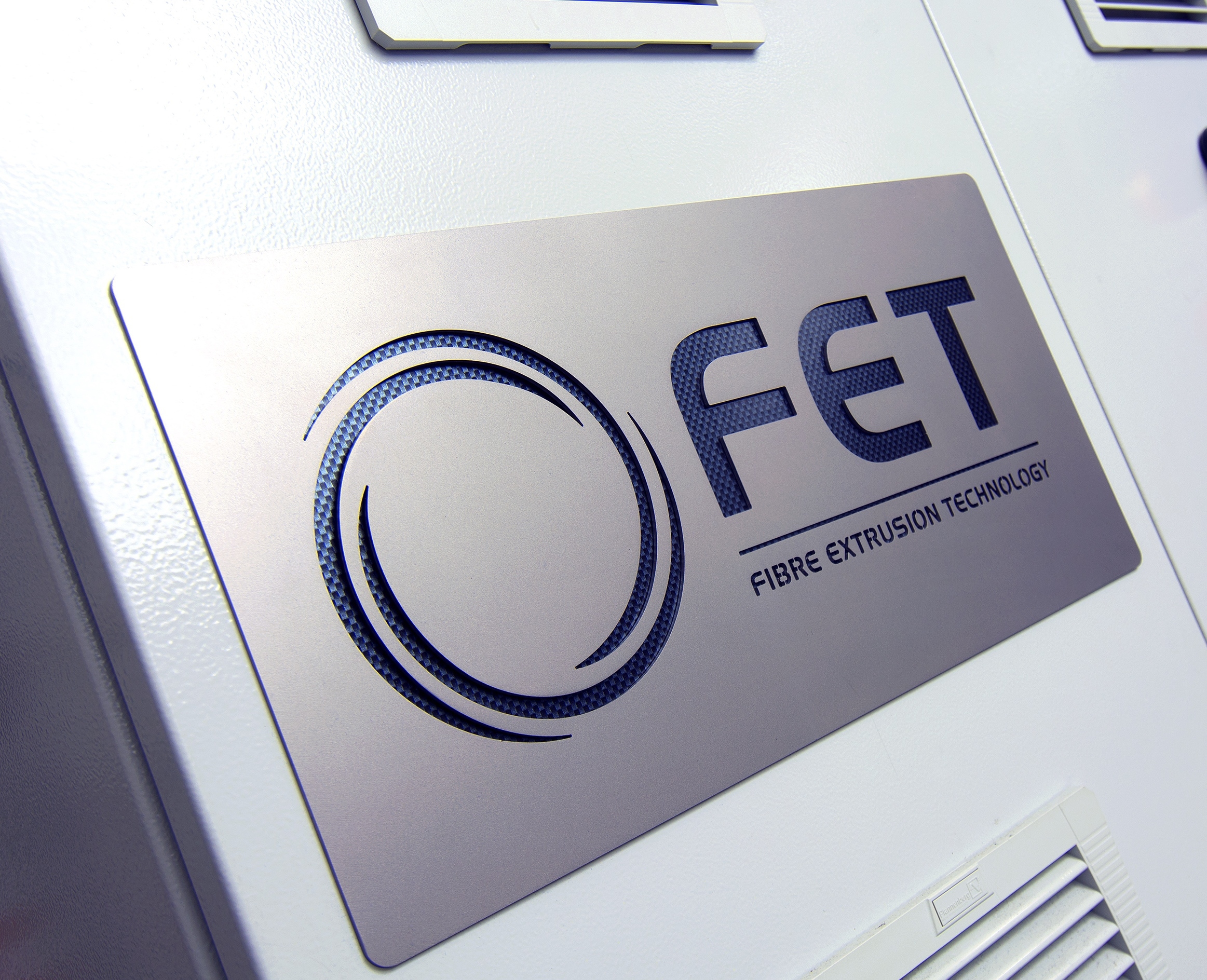Spunbond Nonwoven Systems
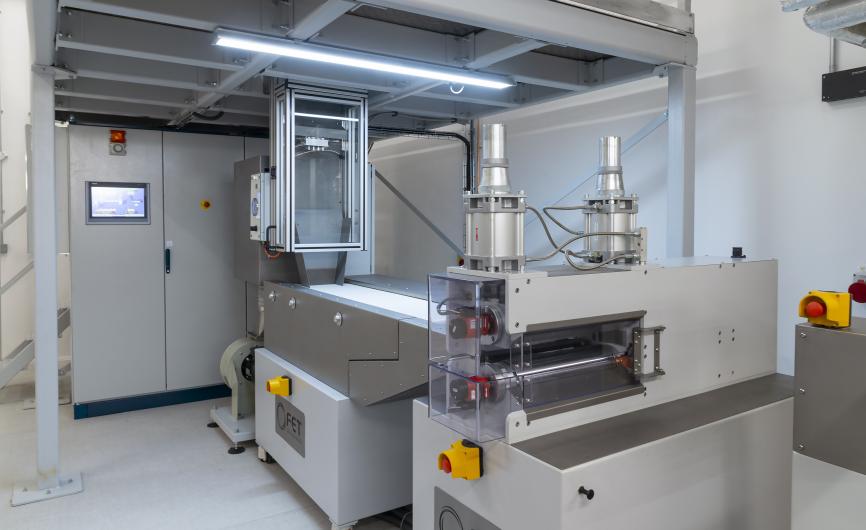
Spunbond Nonwoven Systems
Description
FET Spunbond Nonwoven systems
Although the processes share some similarities, the spunbond process uses different techniques to form the filaments compared to meltblown. In the FET spunbond process, high velocity air jets are used to melt draw continuous filaments and to distribute uniform, random array onto the vacuum conveyor. The outcome is that Spunbond webs are typically stronger than their meltblown counterparts. This is due to the Spunbond fibres being generally thicker and having a higher degree of molecular orientation.
Benefits of Spunbond technology
These properties of Spunbond nonwovens provide a number of benefits:
- Tensile strength
- Abrasion Resistance
- Minimal fibre shedding
Spunbond nonwovens are widely utilised by various industries, especially the medical, personal care and hygiene sectors, as an affordable disposable alternative to traditional textiles. Spunbond nonwovens are widely utilised by various industries, from geotextiles to medical devices. They are often employed in combination with meltblown webs to form multilayer laminates that produce high performance fabrics.
Composite Nonwoven Systems
Meltblown and spunbond have different diameter filaments and other property variations. When the two processes are combined, this allows a multitude of technical benefits to be achieved. Meltblown / Spunbond multilayer fabrics include SM (spunbond-meltblown) and SMS (spunbond-meltblown-spunbond), which are frequently used in filtration applications.
Composite nonwovens have the advantage of flexibility to bond with other types of webs, resisting shedding, with relatively higher mechanical strength, and are stable and resilient. They also have the advantage of forming functional fibres, such as antibacterial, and receiving permanent treatment (eg, flame retardancy) at the fibre extrusion stage.
FET’s composite nonwoven systems are proven to provide solutions for nonwovens manufacturers and research establishments globally.

